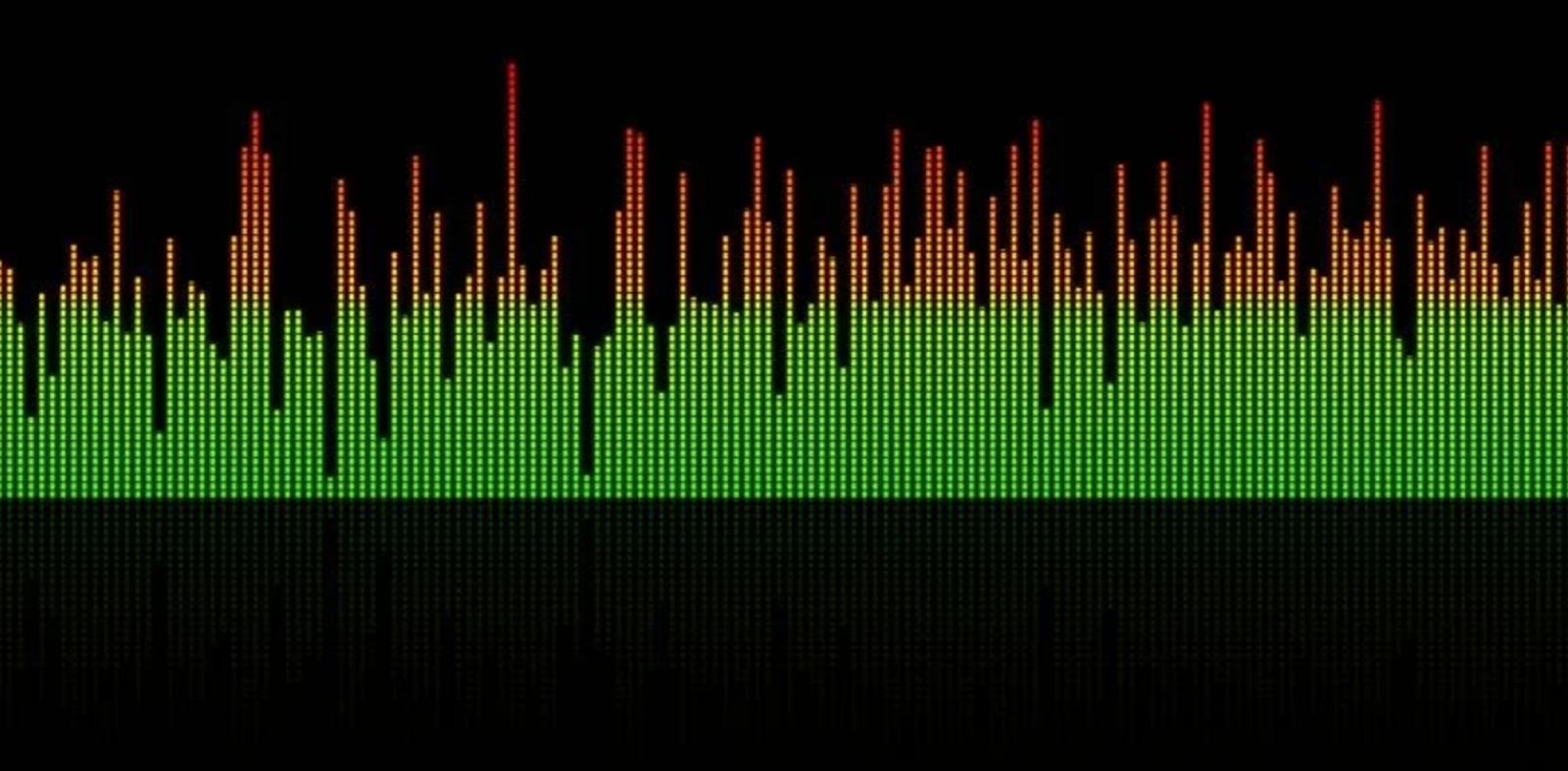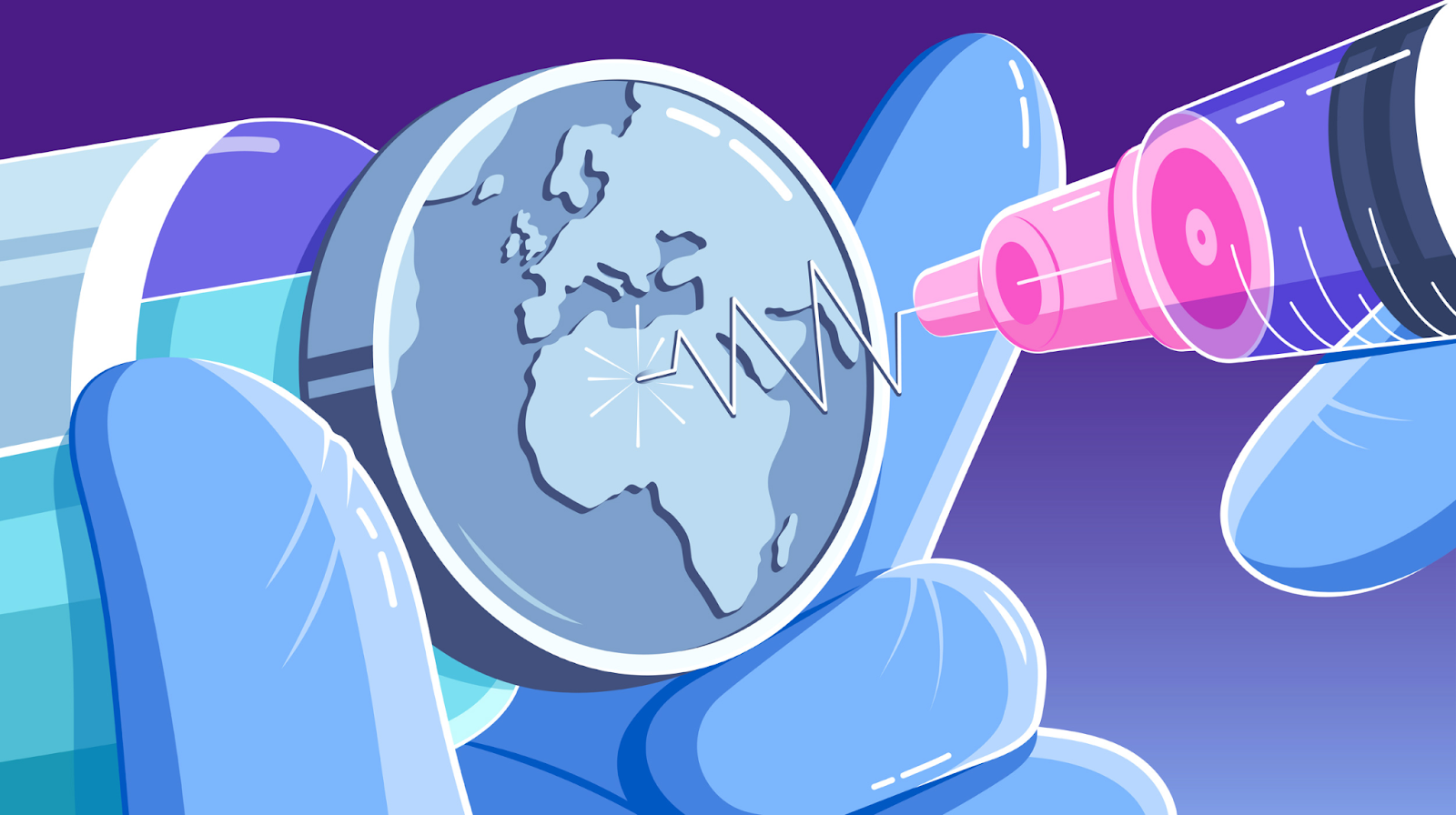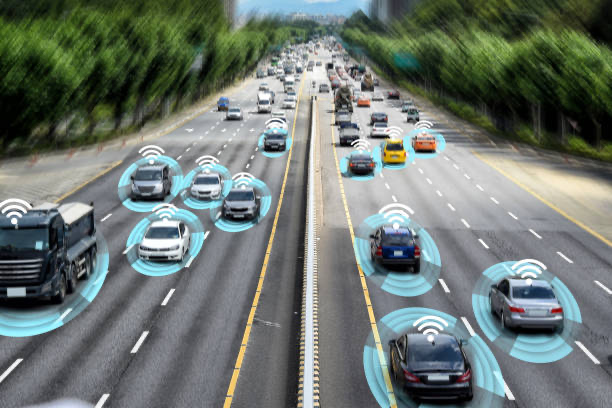InterSTEM Blog
Informative articles on various STEM topics and research are published weekly.
Disclaimer: The views expressed in the article belong solely to the author and do not reflect the political stance or ideology of InterSTEM as an organization.
Join our writing team
Facial recognition technology is instrumental in many aspects of our lives. However, due to disparities in the way these algorithms are developed and trained, the software has far higher error rates when dealing with racial minorities, women, elderly, and the children. This bias has had disastrous implications in the realms of law enforcement and security in particular.

It is incredibly difficult to use Zoom for everyday meetings and school where the only requirement is talking, so imagine the struggles that musicians faced when they were forced to rely upon these softwares. Luckily, other technologies have emerged, allowing somewhat normal musical performances throughout the pandemic.

Ransomware attacks are occurring nearly every day and wreaking havoc upon society, so how can we address this growing issue?

What if we could pull carbon dioxide straight out of the atmosphere or even prevent it from reaching the atmosphere in the first place? Carbon capture technology makes this possible by storing carbon dioxide under the Earth’s surface where it was previously stored for much of Earth’s history.

Discover how our neurotransmitters control our procrastination habits, as well as a few techniques that’ll help you trick your brain into not procrastinating on your daily tasks.

The idea of “mixing and matching” vaccines to boost immunity to the coronavirus is gaining traction within the medical field. Although not federally approved yet, this method of administering one type of vaccine for the first shot and another type for the second shot is scientifically proven to strengthen the two main components of the immune system: antibodies and T cells.

Autonomous vehicles have quickly become a hot topic. However, recent surveys in the United States have revealed that the emergence of self-driving vehicles is met with some reluctance.

We’ve all once tried to comprehend the number infinity and took a long time squeezing our eyes shut and hoping we would understand. We know that infinity is limitless, boundless and very very big, but is it possible that this great universe that we look up at actually holds a value as big as infinity? Or is infinity just a symbol that we made up to represent something big? Let’s explore the nature of this mind-boggling symbol through the language of maths to see if infinity actually exists.

On Jan. 9, 1992, scientists discovered the first exoplanet, or rather, two exoplanets orbiting the pulsar PSR 1257+12. The finding paved the path for the discovery of over 4,000 new exoplanets in the next few decades.

There is mass support among Americans – including those in STEM and non-STEM careers – for the ideals of racial and ethnic diversity to be implemented in the workplace. Blacks and Hispanics are underrepresented in these industry careers, relative to their standing in the overall U.S. workforce, especially among those with a bachelor’s degree or better.